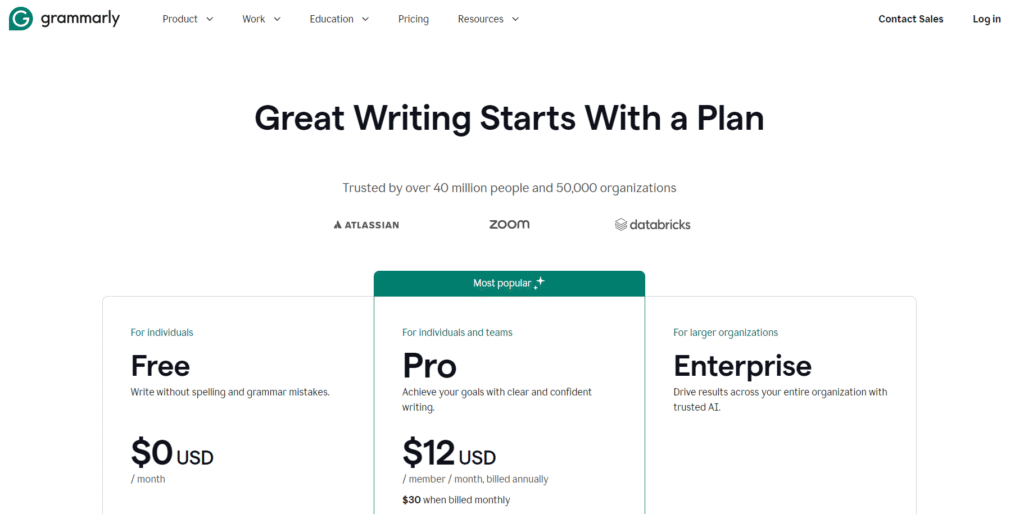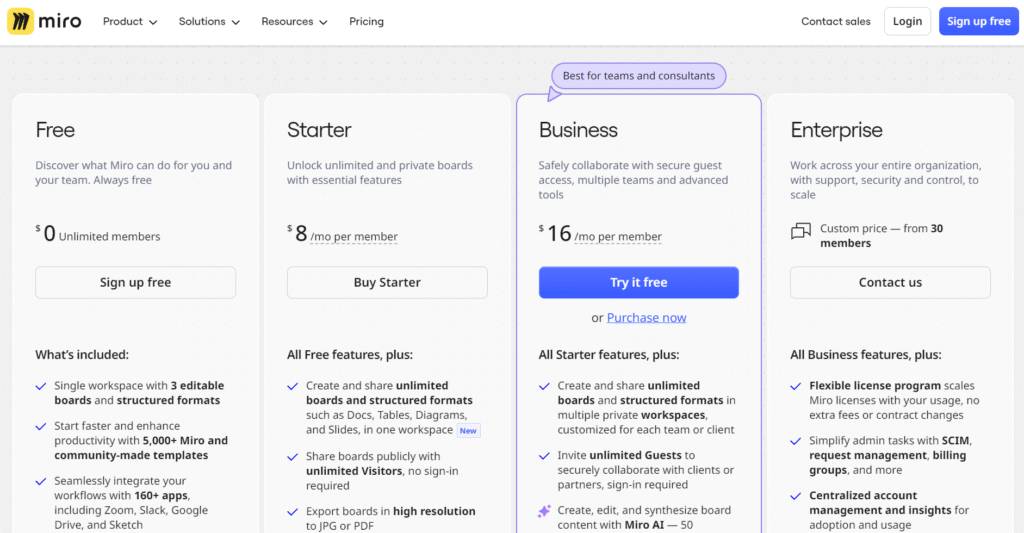SaaS monetization is one of the most important parts of building a sustainable product. A good product can attract users, but a good monetization model turns those users into revenue without breaking trust. One of the most popular approaches is the freemium model. It promises fast adoption, low friction, and a wide top of funnel. It also creates challenges that many teams underestimate. The success of freemium SaaS depends on understanding both sides.
Freemium can accelerate early growth, but it can also delay necessary revenue if the experience is not designed with intention. Many products become crowded with free users who never convert because the value line is unclear. Others convert well because the limits are natural, the upgrades feel necessary, and the free plan helps users succeed. The difference between these outcomes is rarely accidental. It is the result of deliberate monetization choices.
Why Monetization Shapes Long-Term SaaS Growth
A strong monetization strategy does more than generate revenue. It creates clarity about what your product is worth and who it is for. When customers understand the pricing structure, they feel confident about upgrading. When the model is confusing, restrictive, or unpredictable, it becomes harder to build trust.
Monetization also influences product decisions. The features you build, the problems you solve, and the value you highlight all depend on how your business earns money. A clear model helps teams focus on delivering experiences that justify the price. A weak one pushes teams to chase short-term numbers instead of meaningful outcomes.
Freemium plays an interesting role in this dynamic. It opens the door for large user adoption but places more pressure on designing a smooth path from free to paid. The free plan must provide enough value to engage users, but not so much that they never need to upgrade. Finding that balance is one of the biggest challenges in SaaS monetization.
What Freemium SaaS Gets Right
Freemium works best when the free experience demonstrates the core value of the product quickly. This is why products with simple, repeatable value loops often thrive with this model. Users see results early and naturally feel when they outgrow the free plan.
Canva is a strong example. Its free plan lets users create real designs without limitations that disrupt creativity. As users expand their projects and collaborate with others, they encounter features that naturally belong in the paid plan. This makes the upgrade feel like progression, not pressure.

Grammarly follows a similar pattern. The free version improves writing immediately. Users who want deeper insights or advanced corrections understand the value of upgrading because they have experienced the basics firsthand. The path from free to paid feels logical.

Miro focuses heavily on collaboration. The free experience is useful for small tasks, but teams quickly reach a point where more boards, advanced permissions, or integrations become essential. The free plan showcases the product, but the paid plan unlocks its full purpose.
These companies succeed because they understand how their free offering supports the long-term monetization model. They do not limit the core value. They limit the scale, complexity, or collaboration that naturally matter more to serious users.
Where Freemium SaaS Often Goes Wrong
Freemium becomes ineffective when the free plan gives either too much or too little. If users can achieve everything they need without upgrading, the monetization engine weakens. If the free plan is too restricted, users fail to understand why the product matters and leave early.
Another common issue is unclear upgrade triggers. Users should know when they have reached a natural point of progression. If the boundary feels arbitrary or forced, trust is lost. The upgrade moment should highlight how the paid plan aligns with the user’s goals, not how the free plan attempts to hold them back.
Freemium also fails when support or onboarding is inconsistent. Free users need a clear path to early success. If they struggle, they never reach the point where an upgrade feels worthwhile. This creates a funnel filled with stalled accounts that drain resources without contributing to revenue.
These problems often come from treating freemium as a growth hack instead of a deliberate monetization choice. Without a clear design, freemium becomes expensive and unfocused.
The Role of Value Lines in SaaS Monetization
The value line is the boundary between free and paid. Successful freemium SaaS products design this line carefully. It must feel fair, intuitive, and aligned with the natural behavior of users.
The best value lines are based on usage, collaboration, or scale. They reward users for reaching new milestones rather than punishing them early. This creates a sense of progress. It also helps users understand exactly what they gain when they upgrade.
When the value line matches real customer needs, monetization feels like a natural next step. When misaligned, it creates frustration or confusion.
Practical Ways to Improve Your SaaS Monetization Model
Improving monetization begins with clarity. You need to know what outcome your product helps users achieve and how that outcome grows over time. Your pricing and upgrade path should reflect that journey.
Start by identifying the core action that represents real value. This action should be available in the free plan so users experience success quickly. Then define what advanced behaviors belong naturally to paid plans. These transitions should feel like they support the user’s next step.
Next, evaluate your upgrade triggers. If users cannot explain why the paid plan exists, you need clearer boundaries or more meaningful premium features. A good upgrade moment should feel like an invitation to continue progress, not a blockade.
Finally, measure conversion thoughtfully. Track which behaviors lead to upgrades, where free users stall, and what habits predict long-term revenue. These insights help refine your model and create a more predictable monetization engine.

